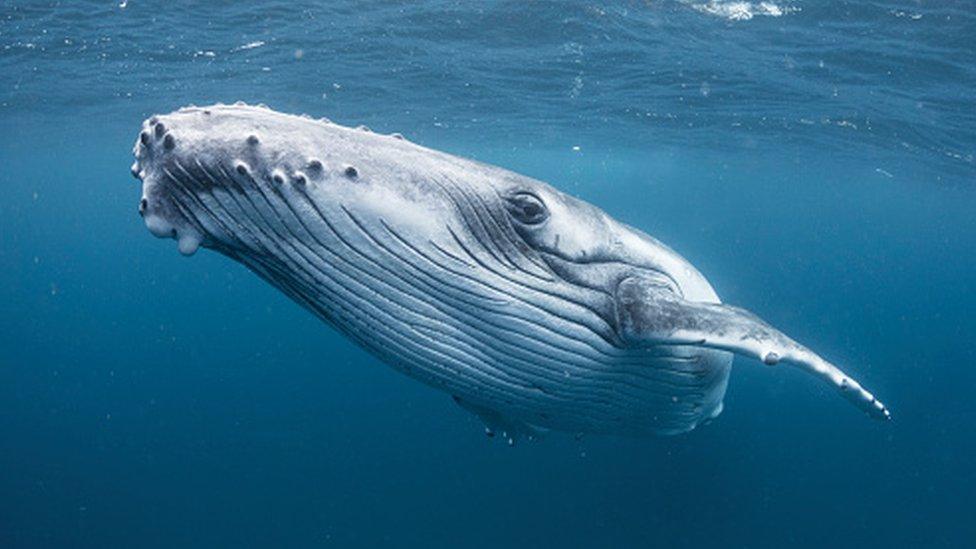Slow loris: Water pipes helping them to reach more food
- Published
- comments
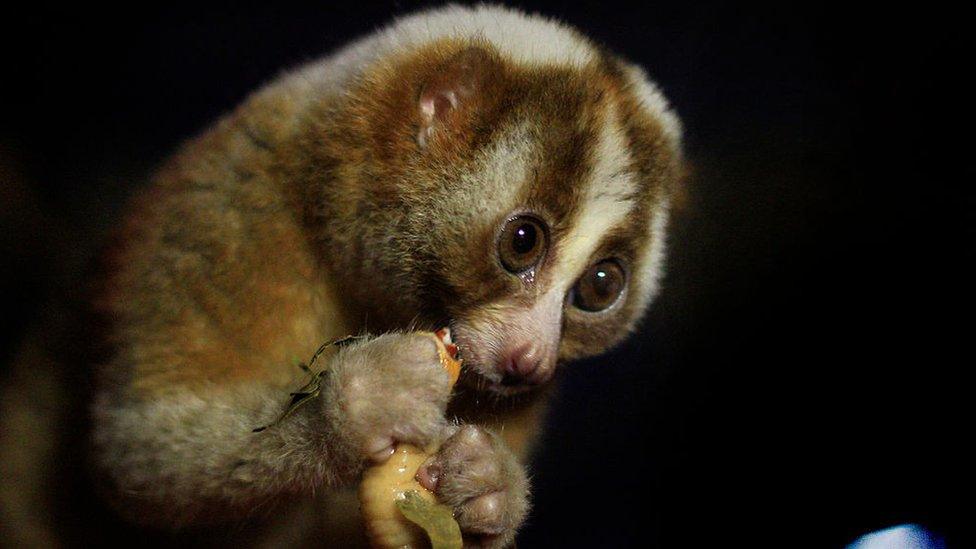
Have you heard of a slow loris? You might have seen them on the internet because their big eyes make them look very cute.
Slow lorises are usually found in southeast Asia and although they look adorable they have a venomous bite that is harmful to humans.
They belong to a family of animals called primates, which means they are closely related to animals like lemurs, monkeys and apes.
A conservation project has started in Java, Indonesia where professor Anna Nekaris is working to protect these primates who are endangered.
Slow lorises are noctural animals
They have a venoumous bite which is harmful to humans
They use their wee to mark their territory
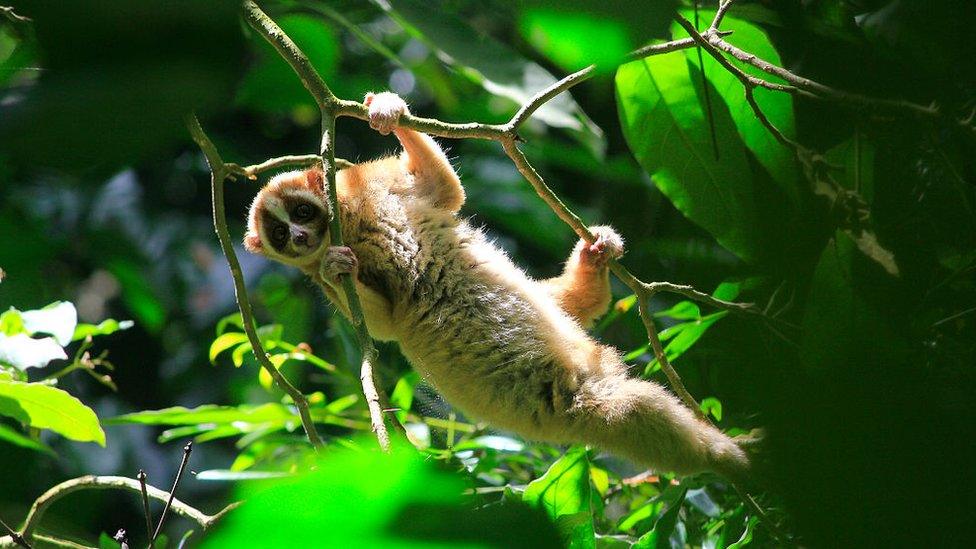
Why are slow lorises endangered?
The number of slow lorises are decreasing and they are at risk of becoming extinct. In Java, where the study is taking place, the main threat to the animals is habitat loss.
They are also at risk from illegal wildlife trade in Asia. Once they are captured their teeth are clipped so they don't bite and they are sold as pets or used as props for holiday photos in tourist areas.
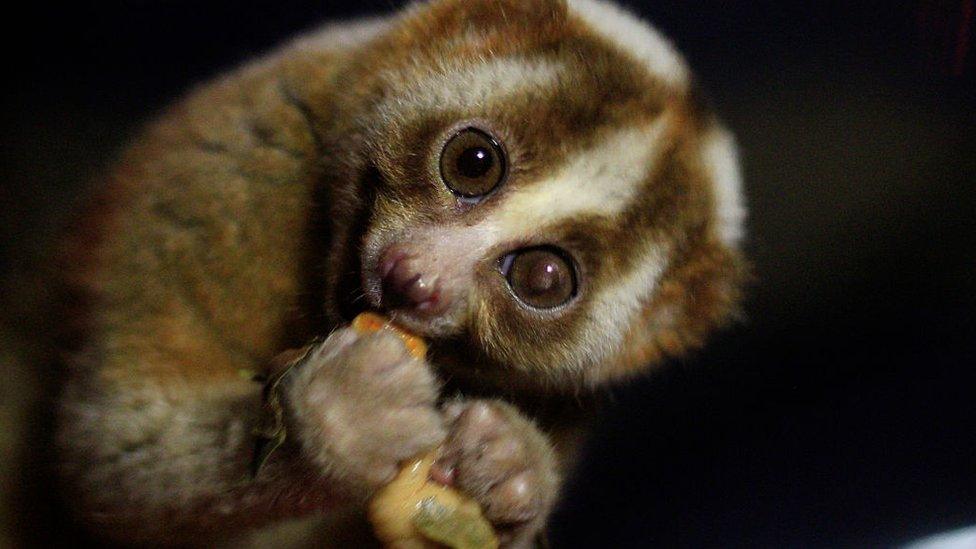
How are their number increasing?
Professor Anna Nekaris had the idea to install pipes which were high above ground level, for the slow loris to use as bridges. She had seen some of the lorises crossing the water pipes that were already in place that farmers used.
Once more pipes were installed, motion-sensor cameras showed the animals starting to cross the new pipes.
There are now 20 water-pipe bridges in place and this allows the lorises to reach trees for feeding that they couldn't reach before.
Anna Nekaris has been working to help slow lorises for years. In Java she taught children in the area about lorises through a nature club so the community learnt how important it was to look these endangered animals.
- Published21 April 2020
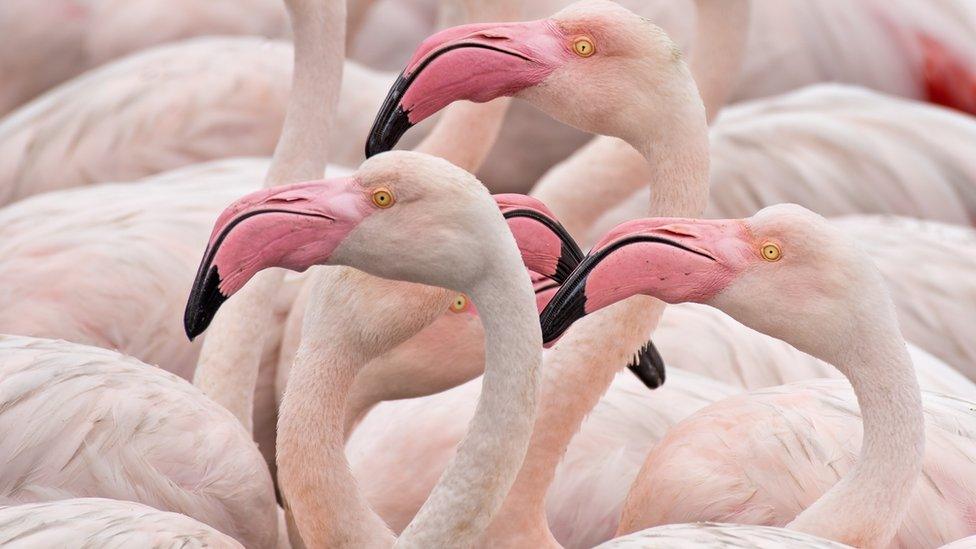
- Published11 October 2020
